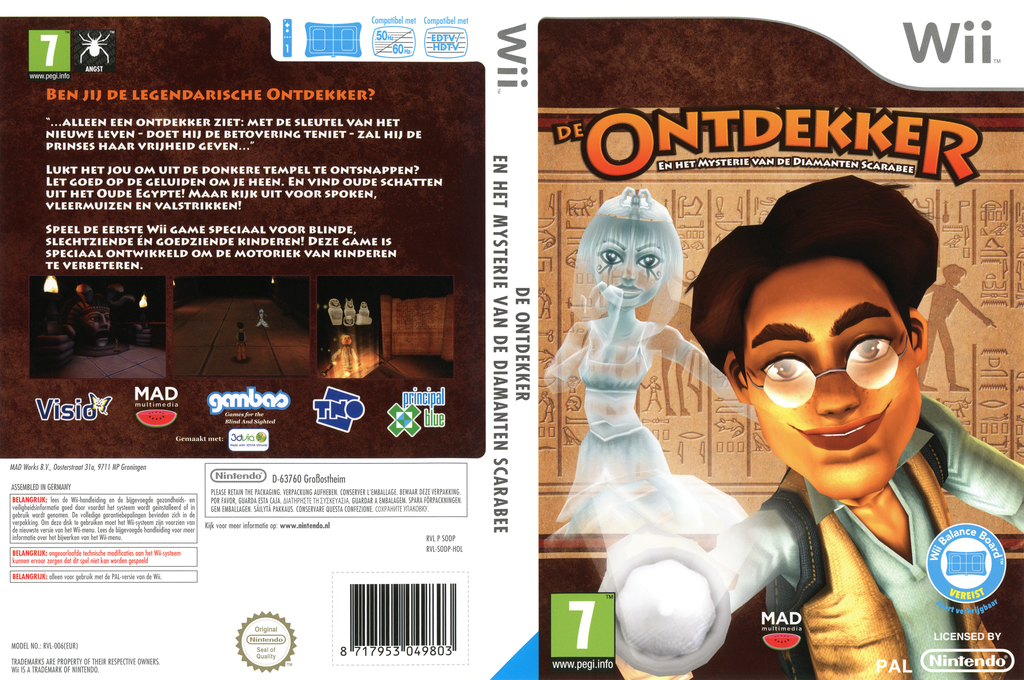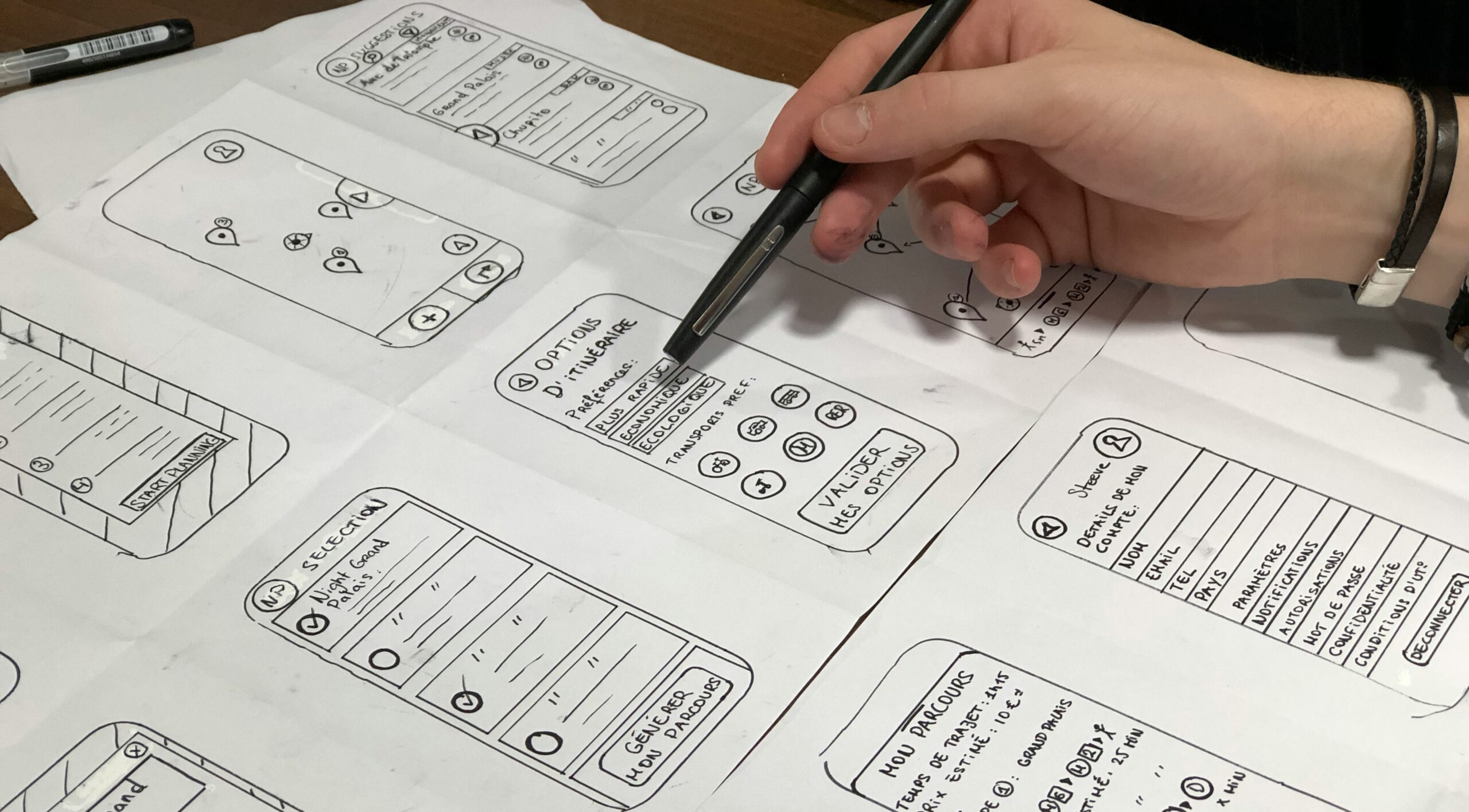Last week, I took a course on using User Experience (UX) practices in Agile, and I couldn’t help but feel nostalgic about the early days of my career. The course provided a meaningful reflection on the principles I first discovered during my university years, when I began to understand the interaction of technology and user needs. Re-engaging with these foundational ideas through the modern lens of agile methodologies has piqued my interest in incorporating UX practices into Scrum. This journey has not only reconnected me with the ‘roots’ of my career, but has also prepared me to address users’ evolving needs and the changing demands of the technology landscape. Let me explain why this journey means so much to me.
Value for end users
So, what is Scrum about? Scrum focuses on delivering value by prioritizing work that maximizes customer and business benefits through iterative and incremental development. In Scrum, each Sprint aims to produce a product increment that can be shipped. This ensures that value is delivered on a regular basis while also allowing for continuous adaptation in response to feedback and changing requirements.
Value is the foundation for developing products that not only meet business objectives but also significantly improve users’ lives. Scrum allows you to closely align with real end user needs by providing feedback and making improvements.
Involving end users early and frequently in the development process is not only beneficial; it is critical to success. This approach enables us to validate assumptions, learn from actual usage, and adapt quickly, all of which are core tenets of both UX and Scrum frameworks. The Agile Manifesto emphasizes “customer collaboration over contract negotiation” and promotes a flexible and responsive approach to product development.
Iterations and feedback improve both Scrum and UX. For example, UX practices can be integrated into many places in the Scrum Framework. This ensures that design decisions are validated through user testing and feedback loops, ultimately improving the product’s usability and appeal. Also, incorporating user experience practices into Scrum results in a more empathic approach to the product development process. Teams can keep the user’s perspective at the forefront of all decisions by employing UX techniques such as user story mapping and proto-persona development. This yields a product that is not only functional, but also enjoyable and intuitive.
Human Technology: UX avant la lettre
Exploring UX reminds me of my time at the Hanze University of Applied Sciences, where I got my bachelor’s degree in Human Technology from 2002 to 2006. At the time, Human Technology was an emerging discipline dedicated to improving usability through innovative and creative approaches. A Human Technology engineer acts as a liaison between users and technical product developers, much like a UX designer does today. For my graduation internship, I researched how to incorporate user requirements and feedback into a healthcare e-learning gaming platform.
Back in 2006, the field of UX was in its early stages, with a focus on usability improvements. In 2006, the emphasis on usability included heuristic evaluations, a method popularized by Jakob Nielsen. Reviewers examine the interface and judge its compliance with established usability principles (the “heuristics”).
In contrast, today, UX is more than just making technology user-friendly; it is deeply embedded in agile cycles, ensuring that user needs and business goals align dynamically throughout the development process. This evolution reflects the shift from viewing UX as merely an enhancement to seeing it as critical to driving user-centered product development.
Co-creating a game for the blind and sighted
Six years after I finished my education, another opportunity to involve end users arose. In 2011 and 2012, I worked directly on the project “De Ontdekker en het Mysterie van de Diamanten Scarabee,” an award-winning Nintendo Wii game. This game was groundbreaking because it allowed children with and without visual impairments to play together on an equal footing for the first time, improving their (underdeveloped) motor skills using the Wii Balance Board.

The game’s content and design were developed in collaboration with end-users—visually impaired, blind, and sighted children—as well as physiotherapists and educators. This collaborative effort exemplifies a user-centered design approach, which is similar to current UX practices. The project’s use of co-creation is similar to iterative processes in UX design, where ongoing user involvement and feedback are critical for improving product usability and overall user experience.
Please watch this news item (2011) from a local TV station (in Dutch) – featuring a much younger version of me:
Unfortunately, that was my last hands-on experience with involving end users in the design process. At following employers, UX was either completely absent, or, in the rare case that it was present, it was limited to graphic designers. But, even as I moved away from traditional project management and toward agile practices, I never truly let go of my first love.
Seeing new opportunities
In my present position, I am improving our organization’s (agile) processes. I draw on a variety of disciplines, including agile leadership, evidence-based management, and scaling Scrum.
We work on a widely used, if not the leading, ERP software suite in our industry. However, we could improve our feedback loop. End users are not consulted during or after the development process, whereas only decisionmakers are actively involved in approving the increments.
This situation prompted me to advocate for increased UX/UI knowledge within our company. There is a need for consistent design standards. There is a need for validation of ideas and functionality before and during development. Our goal is to develop solutions that not only meet business objectives but also significantly improve our users’ lives.
Our developers are very eager to connect with end users. We discovered that many end users were equally eager to provide feedback. I was instrumental in arranging visits to our clients, during which our developers gained valuable insights. Following these visits, other clients invited us to their offices as well. This demonstrates a strong interest in our software and a willingness to contribute insights!
The PSU course
I enrolled in the “Professional Scrum with User Experience™ (PSU)” course to learn about current UX practices and how to integrate them into Scrum. This interactive two-day training teaches how Scrum and UX design can be integrated into agile processes to improve team functionality and value delivery. The course is primarily aimed at Product Owners, Scrum Masters, and UX professionals. It takes a hands-on, case study-based approach to applying Lean UX techniques and Scrum principles together. This unified approach enables teams to focus on rapid delivery while remaining customer-centric, effectively balancing discovery and delivery efforts. Participants learn how to debunk common UX myths in Agile environments, incorporate user-centered design practices into Sprints, and use user feedback to drive product development.
Throughout the course, I gained valuable insights into integrating UX into Agile and Scrum frameworks, particularly through the use of Lean UX principles and Hypothesis-Driven Development. Lean UX emphasizes a shift away from heavy deliverables and toward a more lightweight, iterative approach centred on the experience being designed. This methodology fits seamlessly into Scrum’s rapid, iterative cycles, allowing for more fluid integration of UX tasks without disrupting the Scrum process.
The use of the Hypothesis Prioritization Canvas was particularly insightful, as it provided a structured method for evaluating and prioritizing product assumptions, ensuring that testing hypotheses with the greatest business and user value were prioritized.
Furthermore, the Lean UX Canvas became an indispensable tool, guiding us in clearly defining user needs and business goals, laying a solid foundation for design decisions, and better aligning work with customer outcomes.
UX ambitions
Reflecting on my educational and professional journey, where involving end users in product development has always played a big role, my recent training has increased my appreciation for the value of UX, especially within Scrum. As I move forward, I am excited to spearhead UX practices into our Scrum process in order to increase product value and ensure that our solutions not only meet, but exceed, user expectations. This integration promises to pave the way for dynamic product delivery that truly resonates with users – driving meaningful outcomes.

